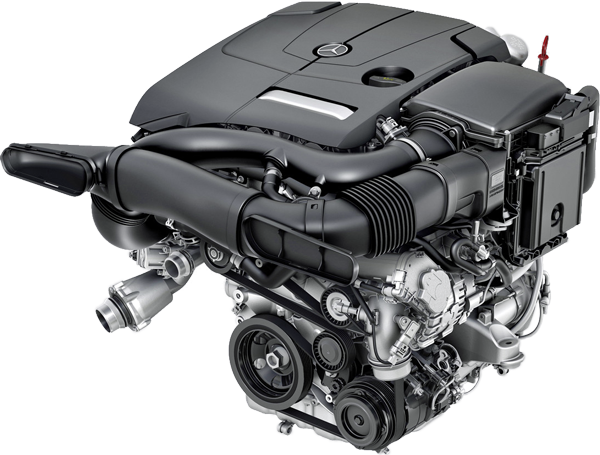The Comparative Analysis :
Mercedes C 250 d 4MATIC 9G-TRONIC (16 - 18) vs. Mercedes C 300 e 9G-TRONIC (19 - ..)
€ 46,700

€ 46,700

€ 46,700
Base Price ⓘBase price of a new vehicle with standard equipment in Germany at market launch.
€ 46,700
ⓘBase price of a new vehicle with standard equipment in Germany at market launch. Price Info
Vehicle Dimensions
The dimensions of the C 250 d and the C 300 e are absolutely identical. Both are 4686 mm long, 1810 mm wide and 1442 mm tall.
C 250 d
C 300 e
1442
1810
2020
1442
1810
2020
1810 mm
Width
1810 mm
2020 mm
Width Incl. Mirrors
2020 mm
1442 mm
Height
1442 mm
2840
4686
2840
4686
4686 mm
Length
4686 mm
2840 mm
Wheelbase
2840 mm
Vehicle Weight
C 250 d
C 300 e
1660 kg
Kerb Weight
1815 kg
2225 kg
Gross Vehicle
Weight
Weight
2350 kg

Weight Difference:
155 kg
8.54 %

General
C 250 d
C 300 e
W205
Generation
W205
Saloon
Car Body Style
Saloon
Diesel
Fuel Type
Unleaded (95 RON)

Permanent all-wheel drive
Drive
Rear-wheel drive

9-speed automatic transmission
Transmission
9-speed automatic transmission
Engine
C 250 d
C 300 e
Straight-four diesel engine with two turbochargers (biturbo)
Engine Type
4-cylinder plug-in hybrid petrol engine with turbocharger
Mercedes-Benz OM 651
Engine Series
Mercedes-Benz M 274
OM 651.921
Engine Code
M 274.920


4
Valves
4
4
Cylinders
4
2143 CC
Engine Capacity
1991 CC
201 bhp
at 3800 rpm
Power
316 bhp
at 0 rpm
C 250 d
201 bhp
316 bhp
C 300 e
500 NM
at 1600 rpm
Max. Torque
700 NM
at 0 rpm
C 250 d
500 NM
700 NM
C 300 e
Performance
C 250 d
C 300 e
149 mph
Maximum Speed
155 mph
6.9 sec
Acceleration 0 to 62 mph
5.4 sec
62 mph
62
mph
mph
96 m
0.000 sec

C 250 d
62 mph
62
mph
mph
75 m
0.000 sec

C 300 e
▶ REPLAY
8.26 kg/bhp
Weight-to-Power Ratio
5.74 kg/bhp
C 250 d
8.26 kg/bhp
5.74 kg/bhp
C 300 e
Fuel Economy / Emissions
C 250 d
C 300 e
Fuel Economy
61 mpg
combined
166 mpg
C 250 d
61 mpg
166 mpg
C 300 e
52 mpg
city
No data
67 mpg
motorway
No data
50 L
Fuel Tank Capacity
50 L
675 mi
Range
1827 mi
C 250 d
675 mi
1827 mi
C 300 e
Environmental Impact
94.6 kWh
Total Energy Consumption
per 100 miles ⓘThe total energy consumption per 100 miles is the amount of energy consumed by a vehicle when burning fuel or using electricity per 100 miles (final energy), and the energy required to produce the appropriate amount of fuel or electricity (primary energy).
per 100 miles ⓘThe total energy consumption per 100 miles is the amount of energy consumed by a vehicle when burning fuel or using electricity per 100 miles (final energy), and the energy required to produce the appropriate amount of fuel or electricity (primary energy).
32.2 kWh
C 250 d
94.6 kWh
32.2 kWh
C 300 e
Euro 6b (NEFZ)
Emission Standard
Euro 6d-TEMP-EVAP-ISC (WLTP) 36CH, 36CI, 36DG
122 g/km (NEFZ)
CO2 Emissions
34 g/km (WLTP)
Practical Convenience
C 250 d
C 300 e
4
Doors
4
5
No. of Seats
5
565 kg
Maximum Payload
535 kg
480 L
Boot Capacity
300 L









No data
Boot Capacity (Seats Down)
No data
















